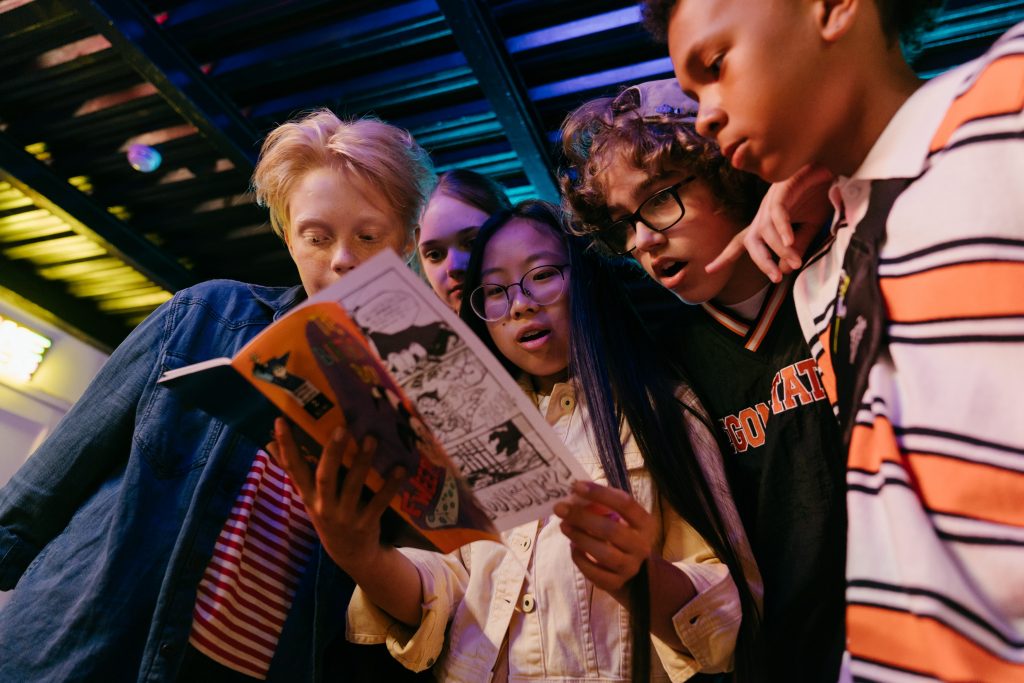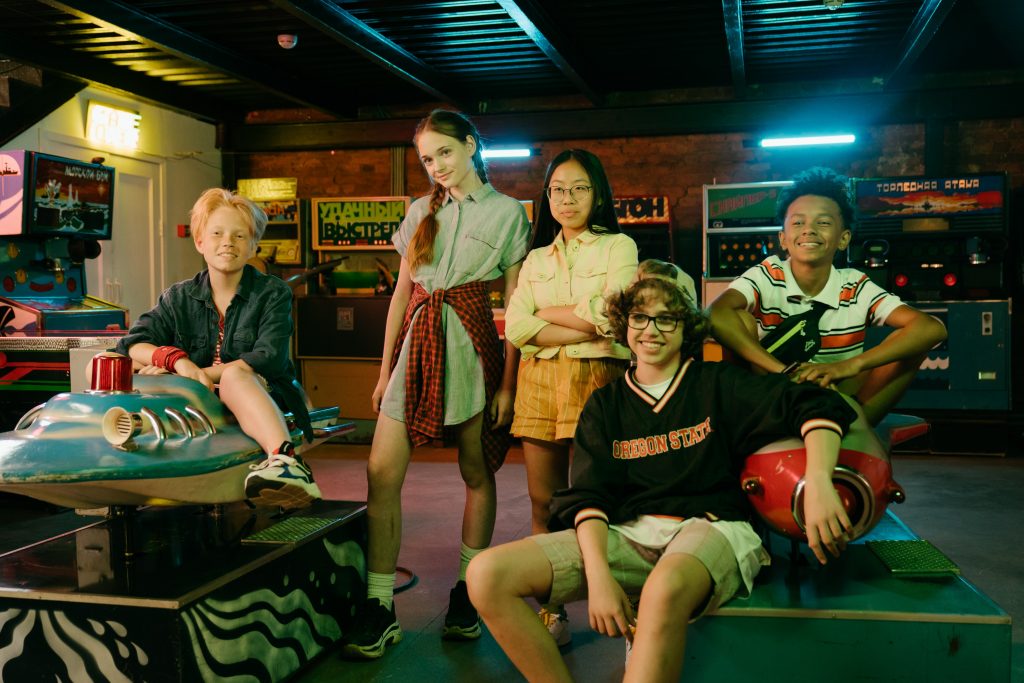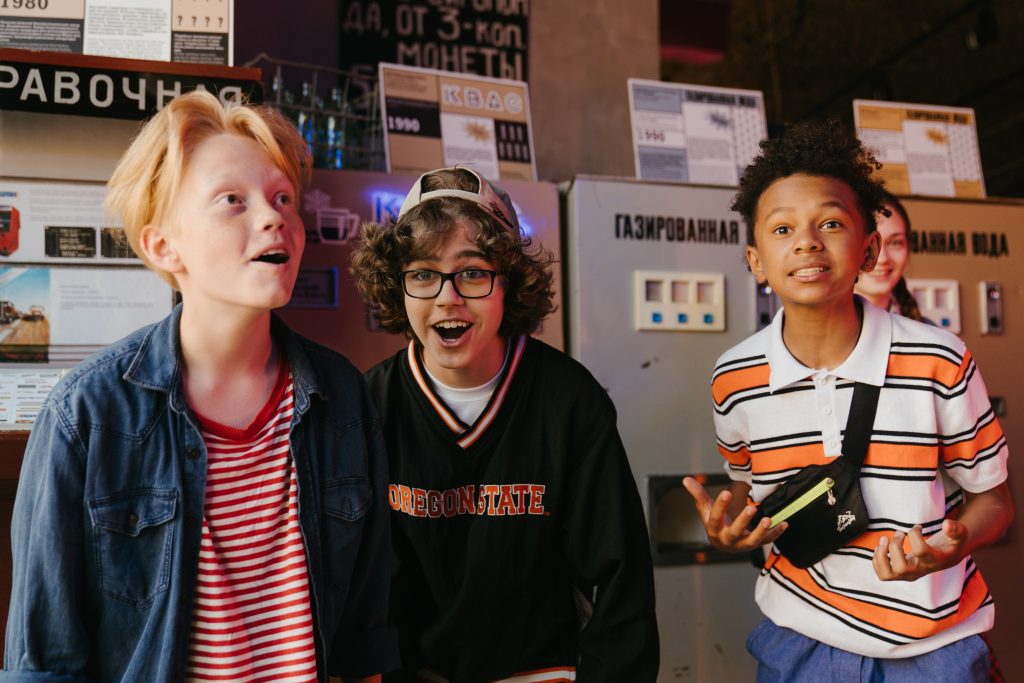About BELONG
Practices and policies of belonging among children with diverse social, cultural and lingual backgrounds
“This project seeks to increase current knowledge of the practices causing marginalization and social exclusion of children with diverse backgrounds. It will analyze things, activities, and places of children.”

Why a project on childrens’ belonging?
A primary goal of the welfare state is to ensure that children and young people get a good upbringing and that families can feel secure, both financially and socially. Several studies indicate, however, that the risk of marginalization and social exclusion increases, especially amongst children of low-income families and with immigrant backgrounds. Why this is, however, is poorly understood, diminishing the welfare state’s chance to discharge its responsibilities.
The individual and societal costs of marginalization and social exclusion of children and young people in the form of dropouts from school and future unemployment, disablement, and low income are considerable. The potential impact of a project aiming to prevent such life trajectories to be realized is therefore high.
What’s it about?
The basic idea of this project is to increase current knowledge of the practices causing marginalization and social exclusion of minority and majority children of low-income families by exploring them from a new theoretical angle addressing people’s ‘belonging’ – in brief, referring to a basic human need providing us with a sense of ontological security; of ‘home’; without which life would be difficult, if not impossible.
In so doing, we will inform policy and move related research fields beyond state-of-the-art empirically, theoretically, and methodologically.
Empirically, we will provide alternative explanations of why some children are marginalized and excluded, while others are not. Theoretically, we will further develop a new concept gaining ground in the social sciences today: practices of belonging. Methodologically, we will advance novel techniques specially suited to capture these practices, such as visual ethnology, stakeholder-involvement, children as co-researchers, and a quasi-experiment.

How is the project realized?
The project consists of three different parts. First, literature reviews on belonging and belonging and social media are conducted to lay a solid ground for the project. Second, surveys based on findings from the literature review will be conducted. Third, the research team will collect data in Oslo.
- The researchers will visit the 12-year-olds and their parents at home and interview them about the things they own (f.eg. clothes, toys, smartphones), the activities they like doing, and the places they like to hang out. Researchers will accompany the 12-year olds to birthday parties and football training to learn more about the children’s belonging.
- The researchers will also interview teachers about the childrens’ belonging at school.
- The 12-year olds will be co-researchers and upload pictures of their belongings and things that matter to them both in the online and offline world through a safe app. They will then attend workshops and create collages on belonging and in a second workshop react and discuss other childrens’ collages. The 12-year-olds will also participate in a study on snacks and receive 100 NOK to buy snacks for a workshop and discuss food and belonging to peers. The children will also give feedback on the researchers’ preliminary findings.

Who is part of the project?
The project is coordinated by Consumption Research Norway (SIFO) at OsloMet, in cooperation with Norwegian Social Research (NOVA) at OsloMet, Paul Baerwald School of Social Work and Social Welfare at Hebrew University of Jerusalem (HUJI), and Institut für Sozialpädagogik und Erwachsenenbildung (WE V) at Goethe-Universität Frankfurt.
You can find more information on the project members and the members of the advisory board here.
How is the project funded?
The project is funded by the program VAM at Research Council Norway and will go on from the year 2021 to 2025.
How can I learn more about the project?
We will be sharing our ongoing work process on our blog, social media channels, and in our newsletter. All our publications and upcoming presentations and talks will be updated on this website.